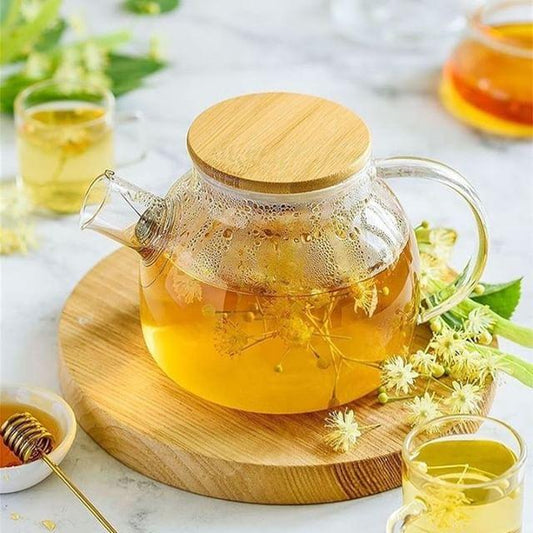Zero-Waste Kitchen: Practical Steps to Transform Scraps into Culinary Gold

Innovative ideas for reducing food waste while enhancing flavor
In a world where nearly one-third of all food produced ends up wasted, the zero-waste kitchen isn’t just a trend—it’s a movement. It's about being resourceful, respectful of ingredients, and creatively turning would-be trash into flavorful treasure. From using broccoli stems to brewing broth from onion peels, the possibilities are endless—and delicious.
Welcome to the world of culinary upcycling, where sustainability and flavor go hand in hand.
♻️ Why Go Zero-Waste?
Food waste doesn’t just hurt your wallet—it also contributes to:
- Greenhouse gas emissions from decomposing food in landfills
- Wasted water and energy used to grow, transport, and store uneaten food
- Loss of nutrients and potential meals that could feed communities
A zero-waste kitchen means using every edible part of the ingredient, storing food wisely, and planning meals intentionally. It's a mindset shift that rewards both your cooking and the planet.
🥦 Scraps That Deserve a Second Life
1. Vegetable Stems, Peels & Tops
Turn into:
- Broth or stock – Save onion skins, carrot tops, herb stems, mushroom ends, etc., in a freezer bag and simmer into a flavorful vegetable stock.
- Pesto and sauces – Carrot tops, beet greens, and radish leaves make peppery, earthy pesto or chimichurri.
- Crispy chips – Toss potato peels, kale stems, or squash skins in oil and spices, then roast until crisp.
2. Fruit Rinds, Cores & Overripe Produce
Turn into:
- Citrus zest and syrups – Zest lemons, limes, and oranges before juicing; infuse rinds into syrups or vinegars.
- Apple cores and peels – Simmer into homemade apple cider vinegar or jelly.
- Banana peels and brown bananas – Use peels in curries or smoothies (yes, really!), and ripe bananas in muffins, pancakes, or ice cream.
3. Stale Bread & Grains
Turn into:
- Breadcrumbs or croutons – Toast stale bread and pulse in a blender for homemade breadcrumbs.
- Panzanella or bread pudding – Make Italian bread salad or a sweet, custardy dessert.
- Fried rice or grain bowls – Leftover rice, barley, or quinoa make perfect quick meals when stir-fried with veggies and sauce.
4. Cheese Rinds, Coffee Grounds & More
Turn into:
- Cheese broth – Parmesan rinds add umami to soups or risotto.
- Infused oils or sugars – Use citrus or herb scraps to flavor oil or sugar.
- Compost or garden magic – Coffee grounds and eggshells are perfect for enriching garden soil or DIY body scrubs.
🧑🍳 Creative Recipes from Common Scraps
Carrot Top Pesto
Blend carrot tops, garlic, nuts (or seeds), olive oil, lemon juice, and Parmesan. Use on pasta, sandwiches, or grilled veggies.
Banana Peel Curry
Simmer chopped banana peels with mustard seeds, turmeric, garlic, and coconut milk. Serve over rice for a surprising, satisfying dish.
Citrus Peel Syrup
Boil leftover citrus peels with sugar and water. Cool and strain. Use in cocktails, teas, or as a glaze for cakes.
Vegetable Scrap Fritters
Mix shredded stems or leftover veggies with flour, egg, and seasoning. Pan-fry into crispy golden bites.
🧊 Storage Tips to Prevent Waste Before It Starts
- Label and date leftovers to track usage.
- Freeze excess produce in portions for smoothies or soups.
- Organize your fridge using the FIFO method: first in, first out.
- Store herbs in jars with water (like flowers) to keep them fresh longer.
- Embrace “ugly” produce—it's just as delicious!
🌍 Conclusion: A Kitchen That Respects Every Ingredient
Reducing food waste doesn’t mean compromising on taste—it means unlocking new layers of flavor, creativity, and respect for your ingredients. The zero-waste kitchen empowers home cooks to be inventive, intentional, and inspired.
With every peel saved, broth brewed, or pesto blended, you're not just cooking—you’re making a difference. So grab those scraps and turn them into culinary gold. Your plate (and the planet) will thank you. 🍽️🌱
Share:





